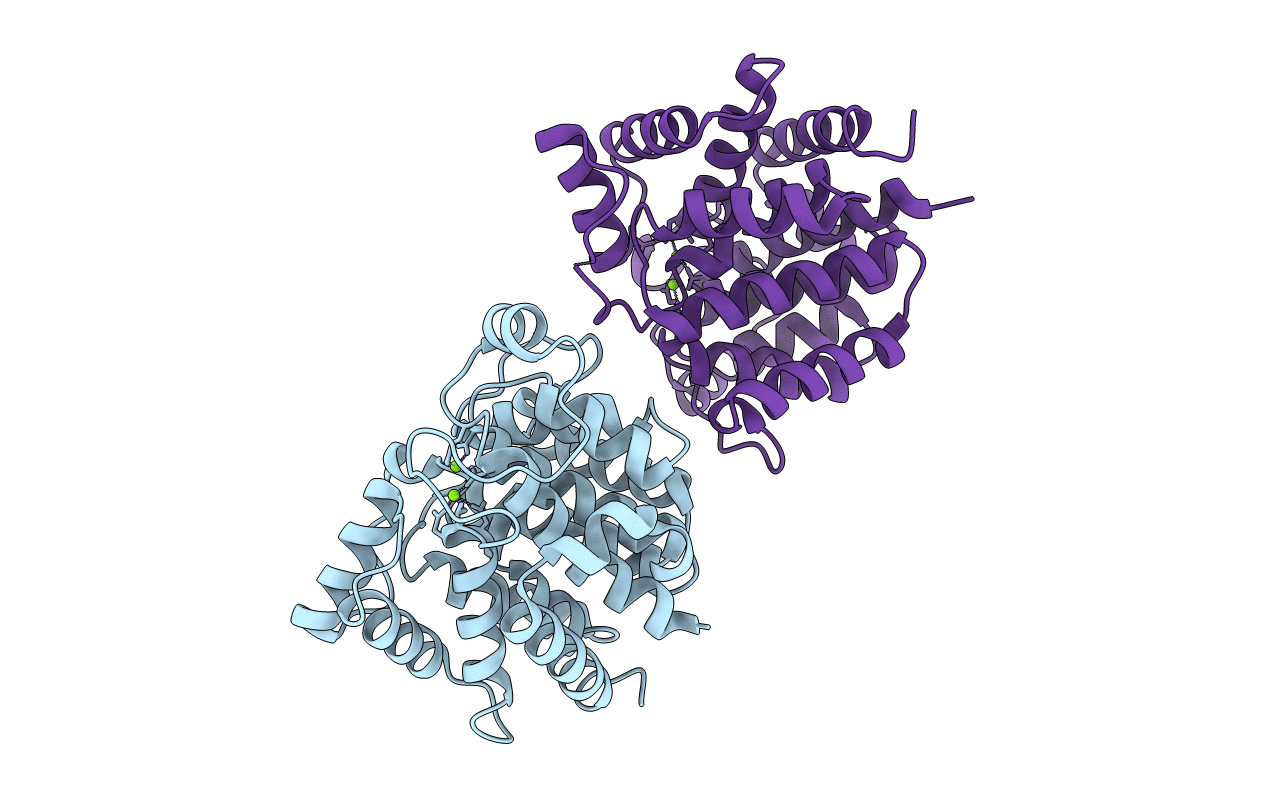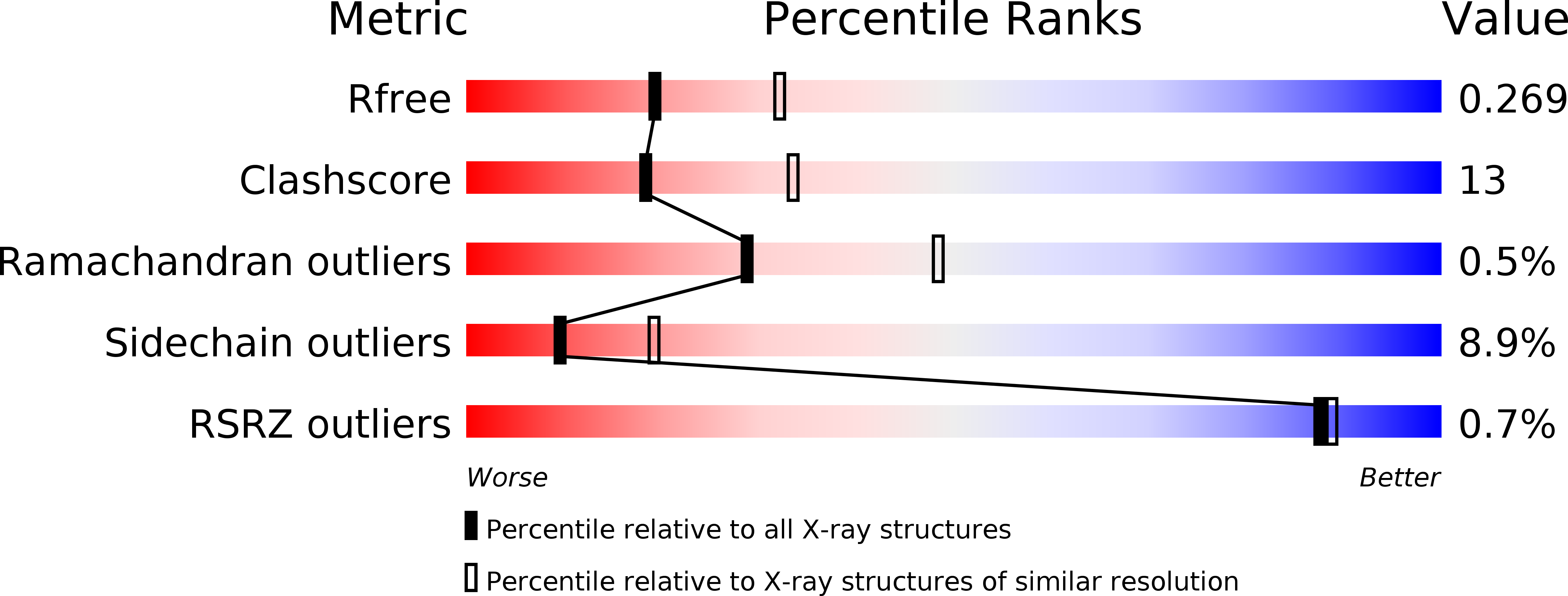
Deposition Date
2009-02-13
Release Date
2009-07-14
Last Version Date
2023-11-01
Entry Detail
Biological Source:
Source Organism:
Azospirillum brasilense (Taxon ID: 192)
Host Organism:
Method Details:
Experimental Method:
Resolution:
2.50 Å
R-Value Free:
0.26
R-Value Work:
0.19
R-Value Observed:
0.20
Space Group:
P 65


